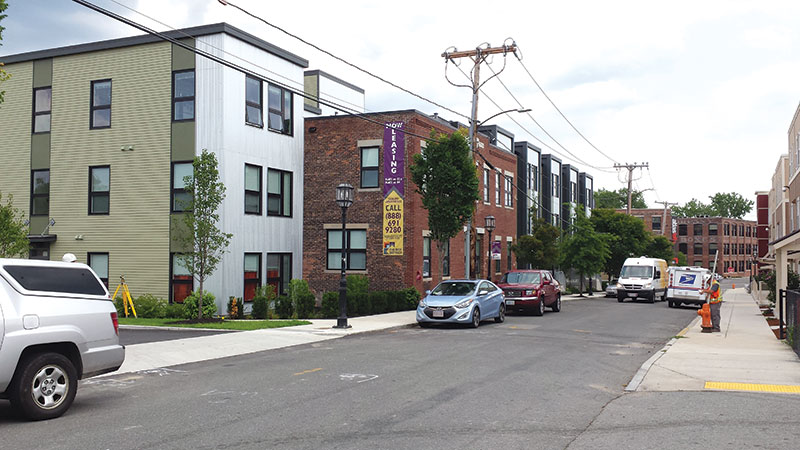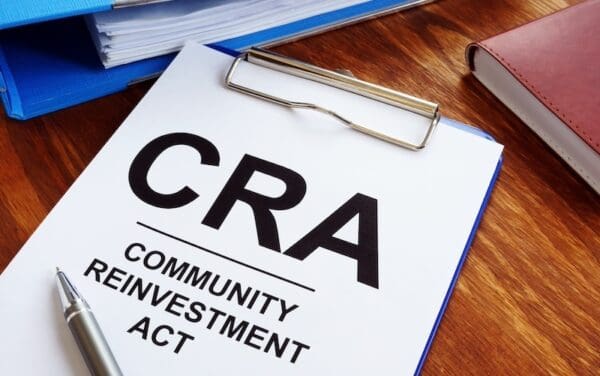
“How we design, finance, and build neighborhoods have enormous consequences for our health,” says Maggie Super Church. She would know. Super Church has spent 20 years working in community development, including as executive director of Groundwork Lawrence, a community organization in Lawrence, MA.
It was during her tenure there that Super Church first realized the connections between environment and health. After her organization rehabilitated a brownfield into a neighborhood park, she asked a resident if the new park had changed anything for her. “She told me she’s lost seven pounds because now she has a beautiful place to walk,” Super Church recalls. “She’s less stressed and so much happier.”
With healthcare costs and rates of obesity and other chronic disease soaring – especially among low-income populations – community groups and public health organizations are increasingly aware that improving neighborhood environments can boost health outcomes. But, traditional financing sources simply aren’t capable of addressing those needs at the project level.
Created to fill that financing gap, the Healthy Neighborhoods Equity Fund, a joint project of CLF Ventures and the Massachusetts Housing Investment Corporation, aims to catalyze the creation of healthy neighborhoods. The Fund “focuses on high-impact real estate projects with the potential to transform neighborhoods and strengthen community and environmental health,” says Super Church, who consults with CLF on the Fund.
The Chelsea Flats project, located in Chelsea’s Box District, is just the kind of develoment the Fund was created to support. This traditionally low-income, industrialized area suffers from poor health conditions, higher crime, and industrial contamination, but city and community leaders are committed to turning the neighborhood around. Fund investment is providing targeted equity to support the project’s development, which is part of a larger transformation for the area, but is not yet supported by the market.
Developments like Chelsea Flats are just the start, however. The Fund’s long-term goal is to provide a working model for a new kind of investment replicable locally and nationally. To that end, and with support from the Robert Wood Johnson Foundation, CLF is partnering with the Harvard School of Public Health, Metropolitan Area Planning Council, Massachusetts Department of Public Health, and others to develop and test a detailed health scorecard. The goal is to show what targeted development of this kind can mean for environmental impacts, improved health, and our healthcare system as a whole over time.
Super Church’s excitement about the Fund’s potential is palpable. “Hundreds of communities across the country are looking for new financing options to support healthy neighborhood development,” she says. “I feel like this is an opening to new resources and avenues to tackle the problems I’ve spent my whole career working on.”



